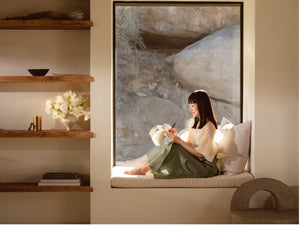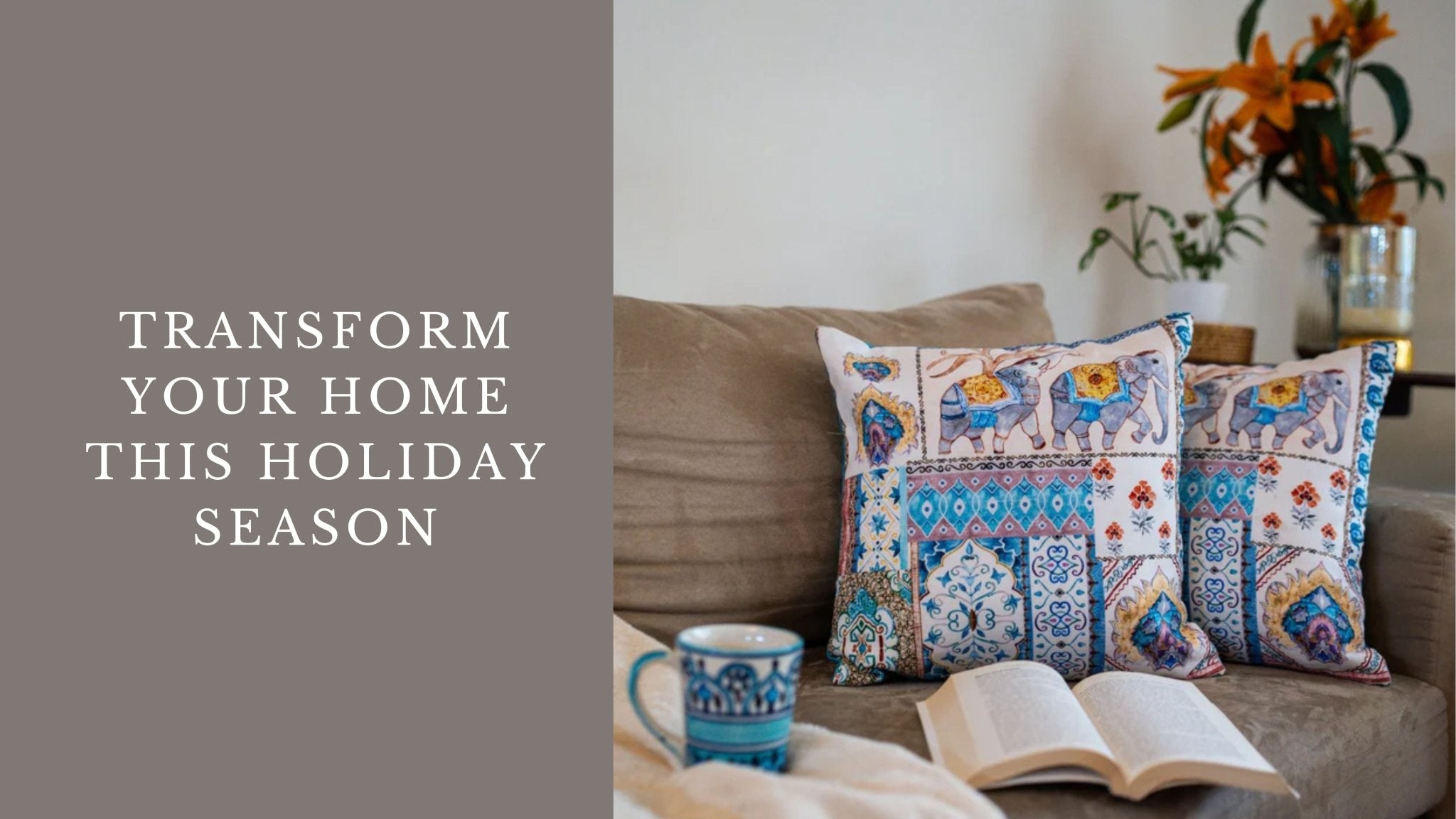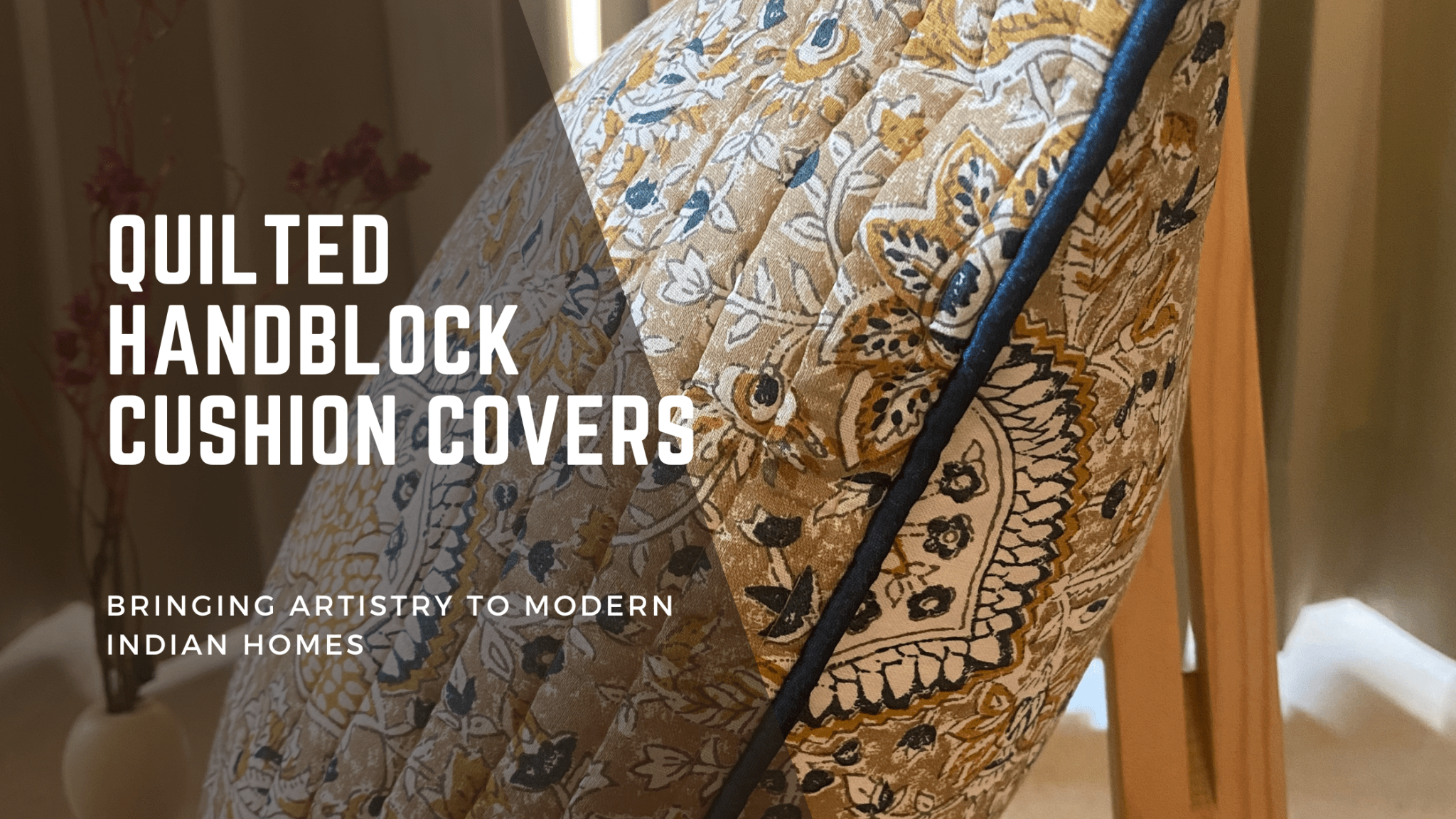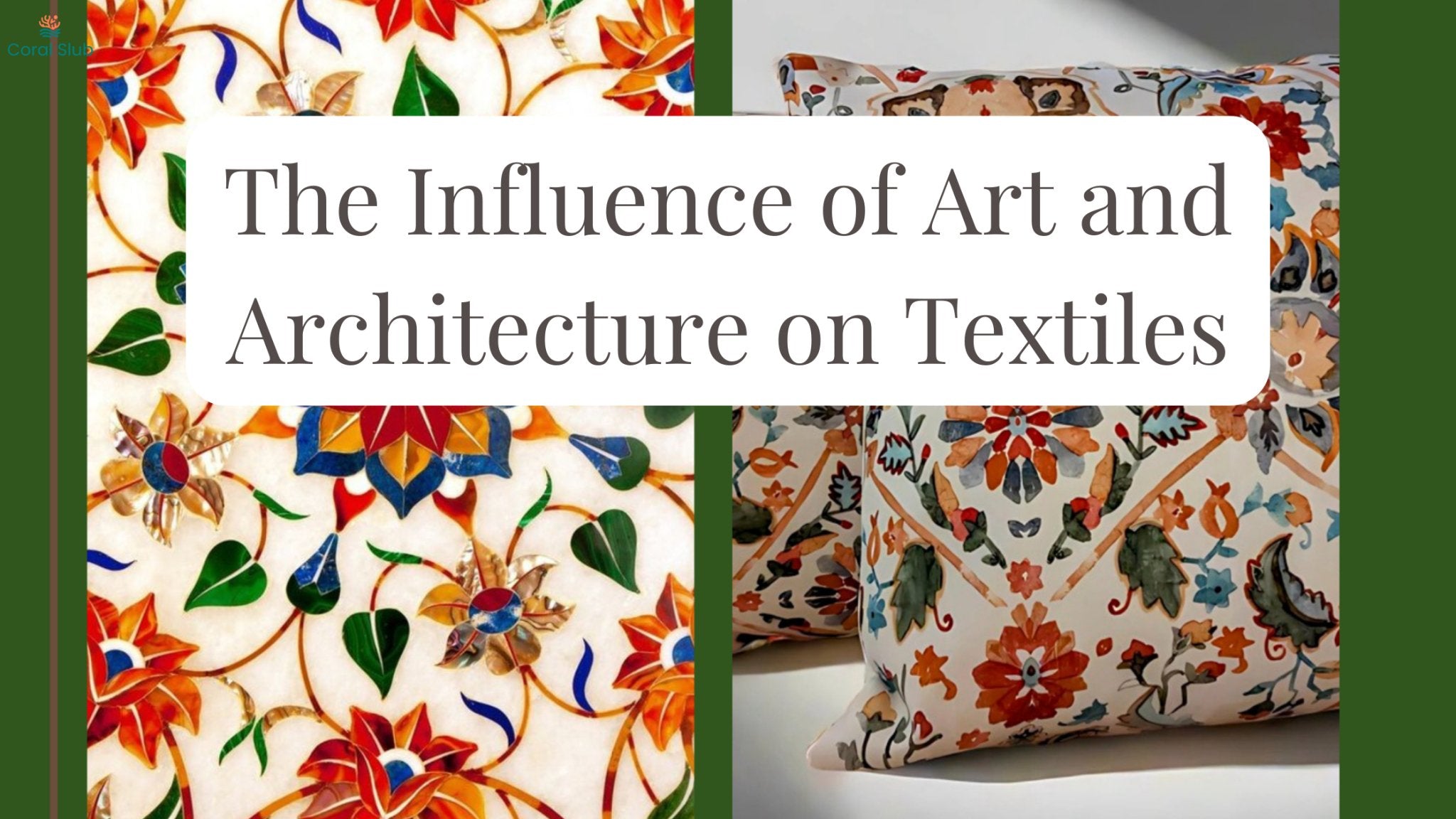
Choosing the right fabric for your home textiles is more than a matter of taste; it's a decision that affects comfort, sustainability, and even health. As homeowners, we often find ourselves at a crossroads between natural and man-made fabrics, each offering its unique benefits and drawbacks. This article aims to shed light on these options through a comparative analysis based on cost, comfort, static, eco-friendliness, aesthetics, durability, and strength.
Understanding Home Textile Fabrics

Home textile fabrics are integral to our daily lives, providing comfort and adding aesthetic value to our homes. They cover everything from our bedding, curtains, and towels to upholstery and rugs. The choice of fabric can significantly influence the ambiance of a space and our personal comfort within it.
Natural Fabrics
Natural fabrics like cotton, wool, silk, and linen have been used for centuries, cherished for their comfort and eco-friendliness.

Cost: Generally, natural fabrics tend to be more expensive due to the more resource-intensive production processes.
Comfort: They are highly breathable, excellent at moisture absorption, and often hypoallergenic, making them ideal for sensitive skin.
Static: Natural fibers have a lower tendency to generate static electricity compared to their synthetic counterparts.
Eco-friendliness: Being biodegradable and sourced from renewable resources, they are a greener choice.
Aesthetics: Natural fabrics offer unique textures and a timeless appeal that can complement any décor.
Durability and Strength: This varies significantly among natural fabrics. For example, silk is luxurious but delicate, while linen is known for its exceptional strength and longevity.
While natural fabrics have their allure, they are not without their disadvantages, such as higher costs and sometimes more care-intensive maintenance requirements.

Man-Made Fabrics
Synthetic fibers, including polyester, nylon, and acrylic, have become popular for their versatility and durability.

Cost: They are generally more affordable and offer a wide range of options at various price points.
Comfort: While man-made fabrics can be engineered to mimic the feel of natural fibers, they often lack the same level of breathability.
Static: Synthetic fabrics are prone to static electricity, which can be a nuisance.
Eco-friendliness: The production of synthetic fibers is resource-intensive, and the materials are not biodegradable, raising environmental concerns.
Aesthetics: Thanks to technological advancements, synthetic fabrics can achieve a vast array of textures and colors.
Durability and Strength: Man-made fabrics are celebrated for their durability and resistance to environmental damage, making them suitable for heavy-use items.

However, the environmental impact and sometimes less natural feel of synthetic fabrics can be seen as significant drawbacks.
Making the Right Choice
The best choice for your home textiles depends on your specific needs, preferences, and values. Whether you prioritize sustainability, comfort, or durability, understanding the properties of each type of fabric can help inform your decision. Sometimes, a blend of natural and synthetic fibers can offer a balanced solution, leveraging the benefits of both.
Conclusion
In the debate between natural and man-made fabrics, there is no one-size-fits-all answer. Each type of fabric holds its own in terms of cost, comfort, eco-friendliness, aesthetics, durability, and strength. By considering these factors, homeowners can make informed decisions that align with their lifestyle and values, ensuring their homes are both comfortable and in harmony with their ethical and aesthetic standards.
Call to Action
Have you made a choice between natural and man-made fabrics for your home? Share your experiences or preferences in the comments below. Let's weave together a tapestry of knowledge that can help others make informed decisions about their home textiles.








